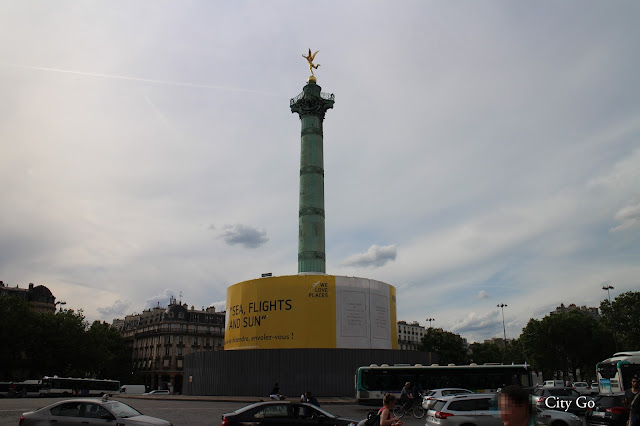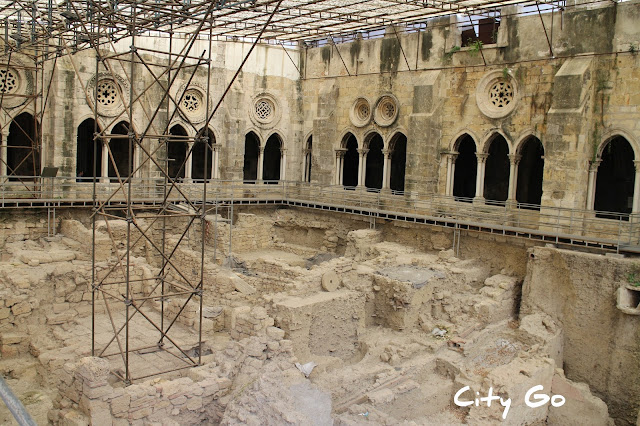Place de la Bastille, Paris, France
The main interest in Place de la Bastille is its historical weight, as today it's just an unappealing square with heavy traffic and a few coffee shops.
The eponym of the square was a fortress built between 1370 and 1384 during the reign of king Charles V, as part of the defences of Paris. In 1417 the fortress also became a prison, its only function from the 17th century on. King Louis XIV used it to imprison upper-class members of the French society and there was considerable secrecy over who had been detained and why.
With time it became a symbol of absolute monarchy so naturally on 14th July 1789 a revolutionary crowd stormed the prison- mainly for the valuable gunpowder kept inside- released the 7 prisoners and killed its governor, making this act a symbol of the Revolution. The prison was later demolished, by order of the Committee of the Hôtel de Ville (city hall), and no vestige of it remains.
Nevertheless, the Bastille remained a powerful and evocative symbol for French Republicans throughout the 19th century. The July column, topped by the "Genie de la Liberté", commemorates the revolution of 1830, when king Charles X was overthrown, after limiting some of the Constitutional rights, and replaced by his cousin Louis Philippe, the Duke of Órleans.
The Place de la Bastille is a good starting point for a walk through the streets of Paris ending at the Louvre.
How to go: Metro station Bastille.











Nice blog, it reminds me of Place de la Bastille, the square is now an official historical monument of France.
ReplyDeleteI tried to write a blog about it, hope you like it also https://stenote.blogspot.com/2021/01/paris-at-place-de-la-bastille.html